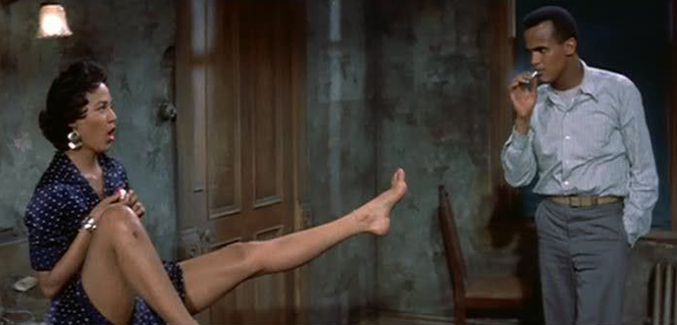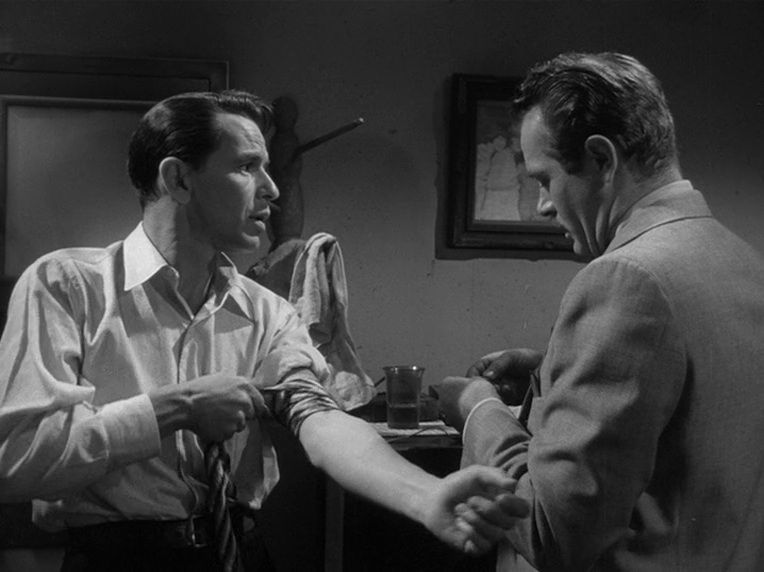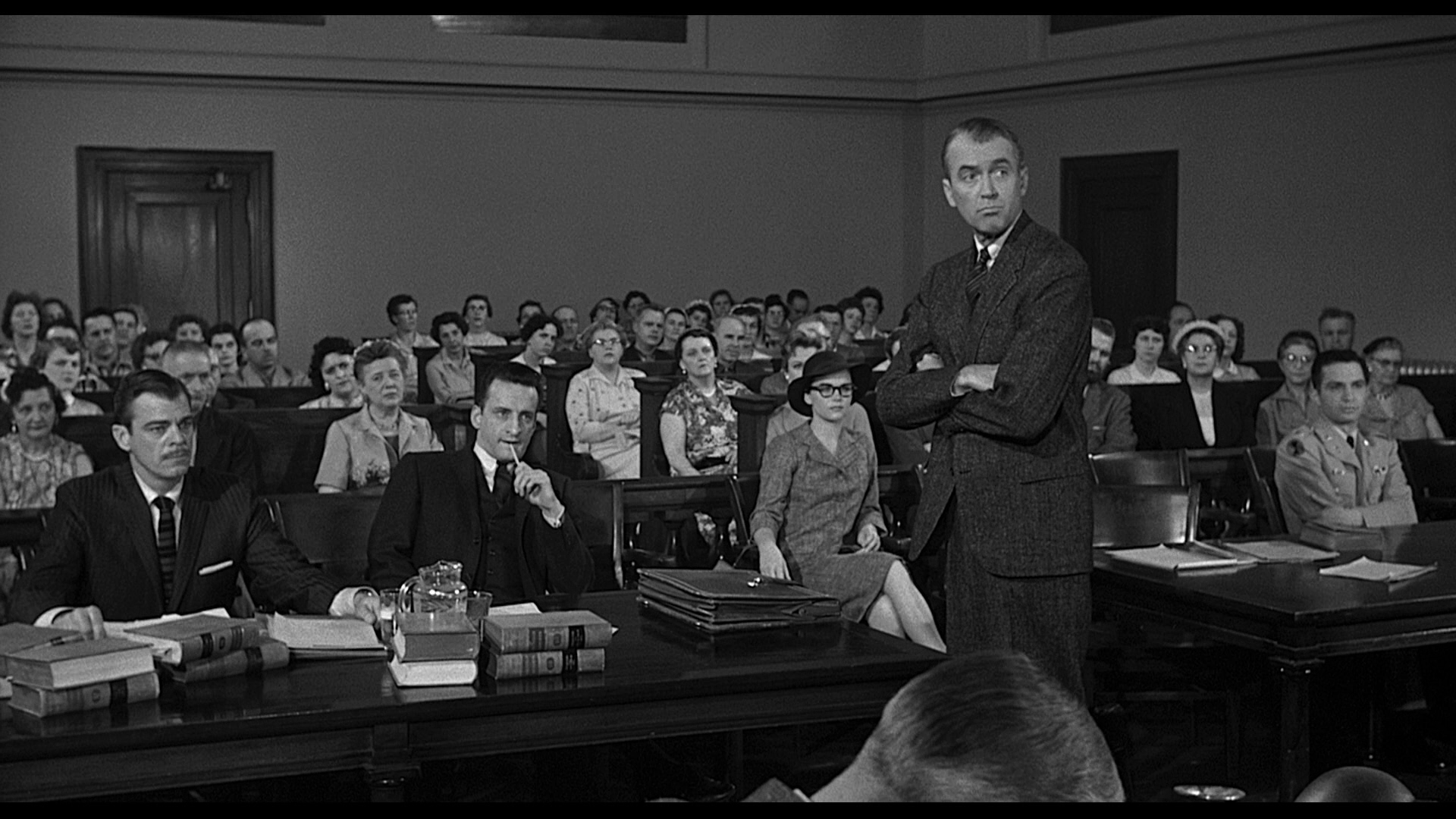Why Was Otto Preminger a Revolutionary Director of the Classic Hollywood Era?
Otto Preminger was one of the studio era’s greatest iconoclasts. He buckled tradition at nearly every turn and broke two of Hollywood’s most controlling institutions over the course of his career.
An Austro-Hungarian immigrant, Preminger came from the stages of Broadway and began his tenure in Hollywood under contract for 20th Century Fox, where he instantly bungled his first assignment, Kidnapped (1938), and got fired by studio chief Darryl F. Zanuck. Preminger was a contrarian. That instinct, while making him difficult to work with, would also allow him to push the medium to greater heights, once he amassed enough clout to make films in the style he wanted.

Laura (1944)
Preminger made his way back to Broadway, where he produced the hit play Margin of Error, in which he also acted. He was then asked to return to 20th Century Fox by Zanuck’s interim replacement. After directing the film adaptation of Margin of Error (1943), Preminger set his sights on the crime thriller Laura (1944), about a detective who falls for the late victim he’s investigating. Along with Billy Wilder’s Double Indemnity (1944), Laura would serve as one of the early prototypes of the film noir genre, which married the visual styles of German expressionism with the literary influence of American pulp novels. Film noir staples in Laura include the doomed and introspective detective, the use of voiceover narration, and high-contrast shadowy cinematography.
Following the success of Laura (it netted 5 Oscar nominations), Preminger signed a long-term contract with Fox that assigned him mostly literary adaptations and costume dramas which did little to challenge Preminger or make a lasting mark. After the expiration of his contract with Fox in the early 50’s, Preminger struck out on his own and started to challenge the assumptions of Hollywood. His The Moon is Blue (1953) defied Hollywood’s existing Motion Picture Production Code by adding more overtly sexual language and suggestive situations than were permitted by the code at the time. It was the first film since 1934 to be distributed without the code’s seal of approval, but it did good enough business to demonstrate that a Hollywood film did not need to operate under a moral seal of approval. (By 1968, after years of pushback, revisions and decreasing enforcement of the Hays Code, Hollywood had officially transitioned to the MPAA film rating system.)

Carmen Jones
Preminger’s next project broke another barrier of sorts as one of the few studio films ever to center around an all-black ensemble, Carmen Jones (1955), an adaptation of Bizet’s opera using the original music with new libretto. Preminger had trouble securing financing, first contacting United Artists’ Arthur Krim and Robert Benjamin, who had supported him in his censorship battles but considered Carmen Jones to be too economically dangerous. Preminger wrote, “I could do anything else I liked for them but not this. I soon discovered that most other companies would not touch it either.” Preminger was then surprised when Fox’s Zanuck asked to read the script and offered an $800,000 budget. Preminger’s persistence paid off when the film was a commercial success, and Dorothy Dandridge became the first African-American to be nominated for the Best Actress Oscar. Before the end of the decade, Preminger would mount another epic with an African-American cast — his film adaptation of the George Gershwin opera Porgy and Bess (1959).

The Man with the Golden Arm (1955)
Preminger was also committed to approaching taboo topics onscreen. The Man with the Golden Arm (1955) was one of few films of its time to address drug addiction, while Anatomy of a Murder (1959) was a courtroom drama that openly discussed rape.
Aside from helping to bring down the Hays Code and tackling important social themes in his films, Preminger’s other great contribution to the Hollywood community was playing a key role in finally ending the blacklist through hiring blacklisted Dalton Trumbo — the subject of Jay Roach’s Trumbo (2015) — to write the screenplay of Exodus (1960) and giving him full credit. Trumbo, a de facto leader of the movement to help blacklisted writers fight the blacklist, had been steadily writing for Hollywood under pseudonyms despite being barred from employment in Hollywood since 1948. In 1957, when Trumbo’s pseudonym “Robert Rich” won the Oscar for The Brave One (1956), the industry was forced to acknowledge how many acclaimed films were being written by blacklisted writers (including Oscar winners 1957’s Bridge on the River Kwai and 1958’s The Defiant Ones, as well as 1953’s Roman Holiday, which was also written by Trumbo under a front name). The door now opened for the blacklist to come down, Preminger announced publicly that Trumbo wrote the screenplay for Exodus, while Kirk Douglas did the same for Spartacus (1960), thus breaking the long-standing prohibition.

Anatomy of a Murder
As a filmmaker, a social voice and an artist, Preminger was iconoclastic. He pioneered the noir genre with Laura; he challenged social mores with The Man with the Golden Arm and Anatomy of a Murder; he made progressive casting choices with Carmen Jones and Porgy and Bess; and he played a great role in pushing Hollywood past the restraints of the Hays Code and the blacklist. Perhaps no mainstream film director working within the studio system can be credited with a career of greater social and aesthetic achievement.

